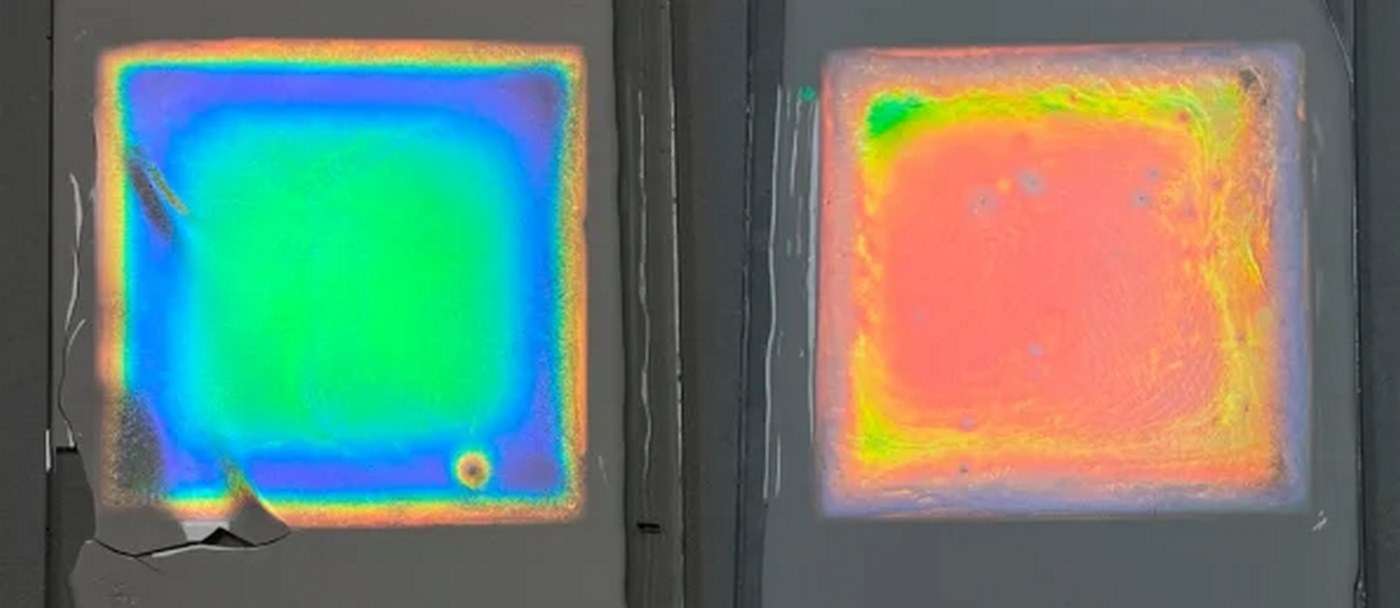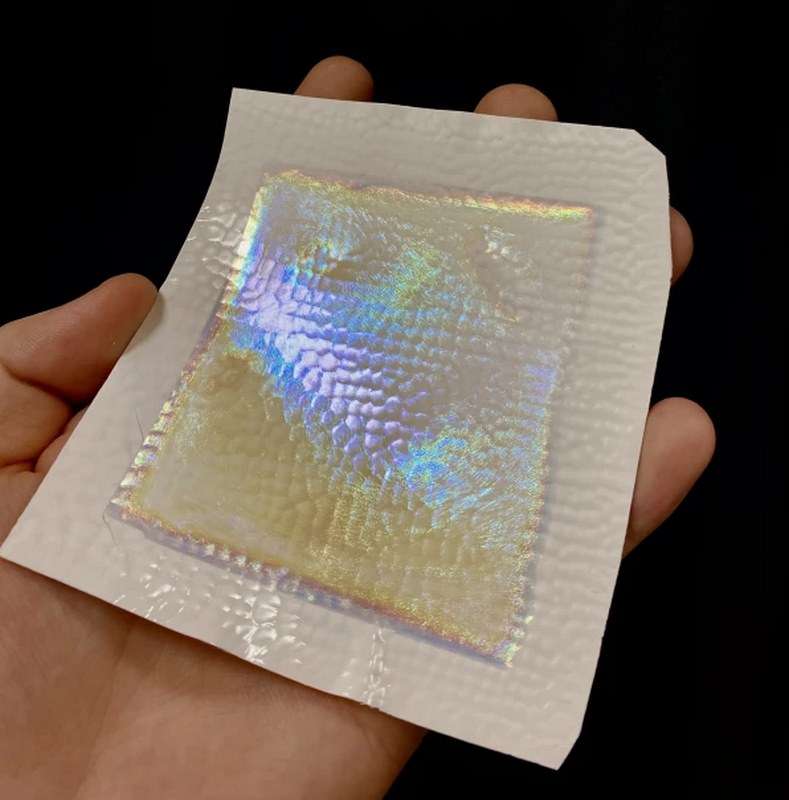Scientists Say Exposure to Microplastics in Human Bodies is Not Inflammatory
Microplastics have been recorded everywhere we've looked for them, but macrophages can protect us from small amounts in our bodies.

How can we cool houses without using A/C? Scientists have now discovered that one way would be to turn the roof and walls into a beetle's shell.
That's because tiny nanostructures on the beetle's exoskeleton made of cellulose capture light and send it bouncing around whilst separating it into different wavelengths. This is why they appear to shimmer in greens and purples.
More importantly however, when the same nanostructures are pasted to the outside of a house, they can keep it 7.2°F cooler during the day and 20°F cooler during the night.
Some scientists are worried that too much energy will be used for air-conditioning in a climate that is warmed by 1.5°C, and so are devoting their time to coming up with energy-less ways to cooling homes.
WS has already reported on ultra-white paint that can keep things cooler, and now scientists at the University of Cambridge are turning to cellulose nanomaterials inspired by nature that would create iridescent houses that are self-cooling.
"The usual way to generate a color is dye, but dye will absorb light and heat up, and that counteracts the cooling effect," Qingchen Shen, a postdoctoral researcher at Cambridge told Fast Company.
Expecting people to use ultra-white paint is unrealistic because it would damage the eyes of your neighbors, and if everyone in the neighborhood used it, it would be an intolerable place to live.

As Shen explains though, color generally absorbs heat, rather than reflects it, but their invention of a thin nanostructure film made of cellulose under a thin film of white was able to generate over 120 watts of cooling power, as much as some air conditioners.
"We wanted to make it cheap," Shen added. "That's why we used cellulose-based materials. Cellulose nanocrystals can be extracted from wood or cotton. Cellulose is the most abundant polymer in nature."
When pasted over walls or rooftops, the material could meaningfully assist in cooling the interior of the house and reduce electricity usage by a fair amount.
The colors could make a house look pretty psychedelic in the sunshine though, so the team is probably better off leaving the marketing for the major coastal cities.
SHARE This Cool Bit Of Natural Inspiration With Your Friends…
Be the first to comment